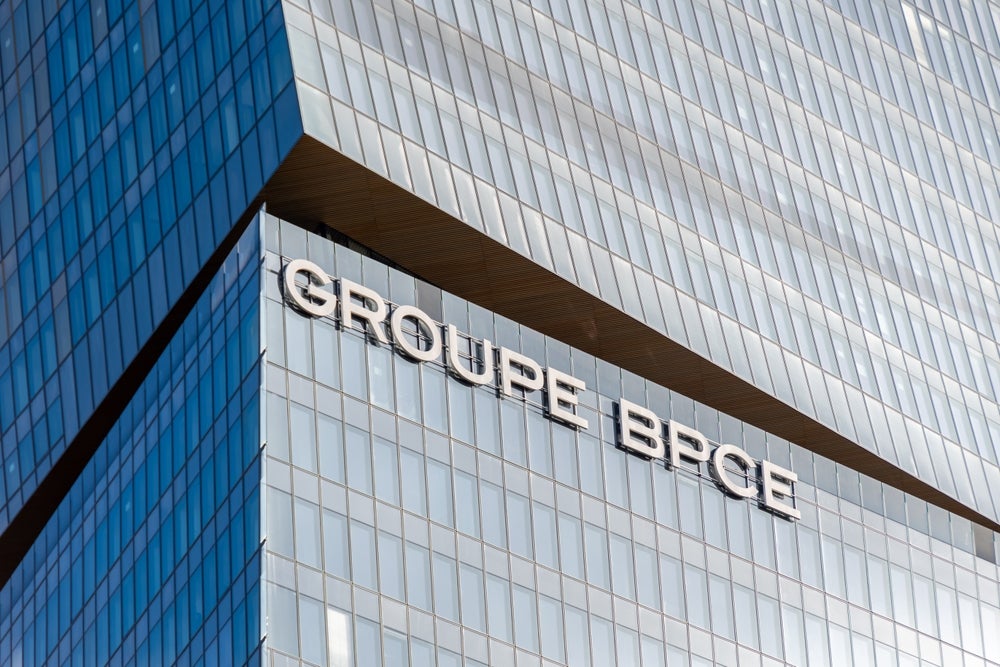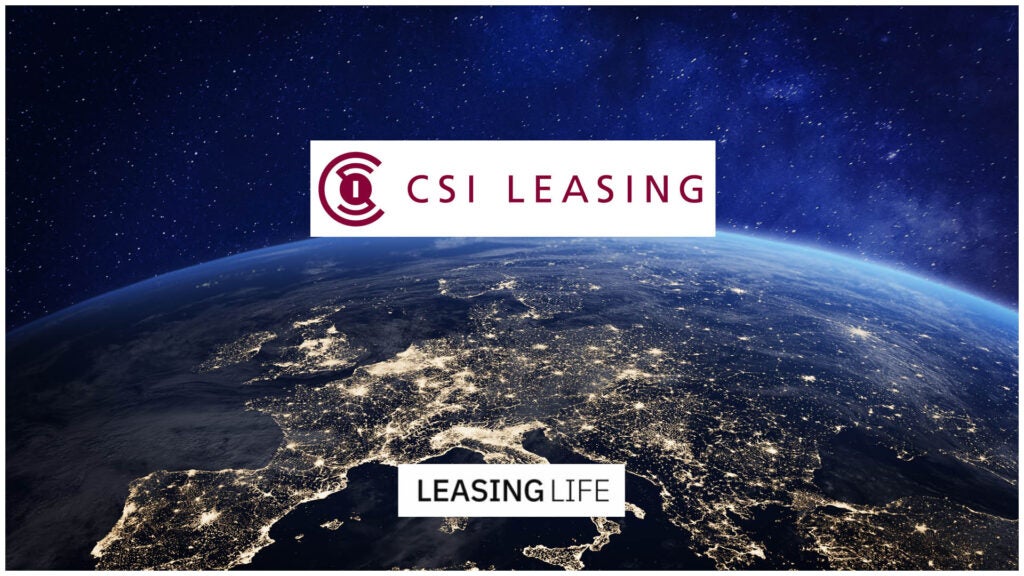The bodies responsible for the upcoming lease accounting changes
have agreed to consider a fourth option for the new standard
following a recent joint meeting.
The FASB and IASB agreed to consider the whole contract method
following consistent feedback to the initial exposure draft of the
proposal.
US leasing trade body, the Equipment Leasing and Finance
Association (ELFA), which has championed this approach, said
feedback consistently supported a straight line cost pattern for
operating leases to reflect better a lease’s economic effects in
lessee financial statements.
Previously the two standards bodies were debating three lessee
accounting methods: interest-based amortisation approach, the
underlying asset approach and the right of use approach.
However, with the boards yet to reach an agreement on a
preferred method, meetings to gather feedback with preparers and
users due to run until the end of the month are now considering the
fourth option.
ELFA welcomed the development and a spokesman expressed hope
that the presentation of this new method will be favourably
received at the outreach meetings and lead to a successful
resolution of a major issue impeding the successful resolution of
the Leases Project.
How well do you really know your competitors?
Access the most comprehensive Company Profiles on the market, powered by GlobalData. Save hours of research. Gain competitive edge.

Thank you!
Your download email will arrive shortly
Not ready to buy yet? Download a free sample
We are confident about the unique quality of our Company Profiles. However, we want you to make the most beneficial decision for your business, so we offer a free sample that you can download by submitting the below form
By GlobalDataELFA recommended the whole life approach because the
organisation believes it reflects the appropriate values of the
right of use asset and lease liability on the balance sheet that
arise from the lease contract.
It also reflects the cost as a level rent expense which is what
lessees perceive to be their lease cost benefit for each month. The
lease payment would be reported as an operating cash outflow
reflecting the true nature of the payment.
The four methods that are now being discussed at the outreach
meetings are:
- The right of use (ROU) approach as presented in the Leases
Project Exposure Draft whereby the ROU asset is amortised straight
line and interest is imputed versus the ROU liability using the
‘effective interest method’. This ROU approach is the lessee
accounting method in the project tentative decisions as of now, but
it has been highly criticised in the comment letters as it front
loads lease costs. - The interest-based amortisation (IBA) approach which amortises
the asset on a basis that factors in the timing and amount of rent
payments as well as the assumed pattern of benefits realised from
use of the leased asset. The resulting rate of amortisation is
similar to the debt amortisation rate. This method only creates a
straight line pattern if the rents are level throughout the term
and it is complex and involves estimates. - The underlying asset approach (UA) which amortises the ROU
asset as the lessee estimates it consumes the value of the leased
asset over the lease term (estimated decline in fair value of the
underlying asset). This method only creates a straight line cost
pattern if the asset’s residual value at expiry is the same as the
fair value at inception (this may be the case in real estate leases
but not equipment leases). This method is complex and involves
estimates that may not be feasible for the lessee to make. - The whole contract (WC) method that accrues the average rent as
the reported lease cost (much the same as current GAAP) and adjusts
the ROU asset and lease liability on each balance sheet date to be
the present value of the remaining lease payments. The outreach
information provided by the FASB/IASB staff presents this new
approach as follows: “The whole contract approach considers the ROU
asset and the lease liability that arise from a lease contract to
be one unit of account when initially and subsequently measuring
those balances. This approach views the ROU asset as being
different from other non-financial assets and different from the
underlying asset itself. This is because the ROU asset is
inextricably linked to the lease liability, not only at lease
commencement, but also throughout the lease term. This approach
also does not view a lease contract as a financing
transaction.”







